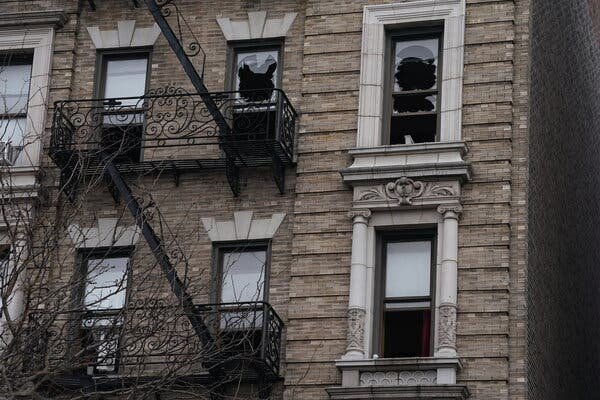Tourist helicopter crash in East River leads to fatalities due to passengers being unable to escape safety harnesses.
The helicopter ride started off with excitement as the pilot exclaimed, “All right — let’s do it!” just before taking off from the heliport in New Jersey. The passengers were in high spirits, with one saying, “Party,” and another expressing, “Hooo!” The flight included stunning views of iconic landmarks such as the Statue of Liberty, the World Trade Center, and the Brooklyn Bridge. Passengers even leaned out of the open door to capture photos of the sights.
Tragically, the flight came to a sudden and devastating end just 14 minutes after takeoff when the red helicopter crashed into the East River. The helicopter tipped on its side, and as water rushed into the cockpit, the passengers realized they were trapped and unable to escape. The onboard video transcript revealed a passenger struggling to free himself from the loose, makeshift safety harness that was meant to secure passengers in the aircraft. All five passengers lost their lives in the March 11, 2018, accident, while the pilot managed to survive. The National Transportation Safety Board determined that the crash was caused by the safety harness catching on the helicopter’s fuel shut-off lever, leading to engine failure and the subsequent crash.
The safety harnesses, which were intended to keep passengers from falling out of the helicopter, ended up hindering their ability to quickly extricate themselves in an emergency. This design flaw exposed the passengers to significant challenges in escaping the aircraft during the crash. In a legal ruling, six jurors in State Supreme Court in Manhattan decided to award $116 million in compensatory and punitive damages to the family members of one of the passengers, Trevor Cadigan, who was 26 years old at the time of the tragic incident.
This helicopter crash serves as a tragic reminder of the importance of ensuring proper safety measures and equipment in aviation activities. It highlights the critical role of thorough safety assessments and adherence to regulations to prevent such accidents from occurring. The incident also underscores the devastating impact that design flaws and inadequate safety protocols can have on the lives of individuals and their loved ones.
As individuals and organizations involved in aviation activities, it is essential to prioritize safety above all else. Investing in high-quality equipment, conducting regular safety checks, and providing comprehensive training to personnel can help mitigate risks and enhance the safety of all passengers and crew members. By learning from past incidents and implementing robust safety measures, we can strive to prevent similar tragedies in the future and uphold the highest standards of safety in aviation operations.
Source: The NY Times









